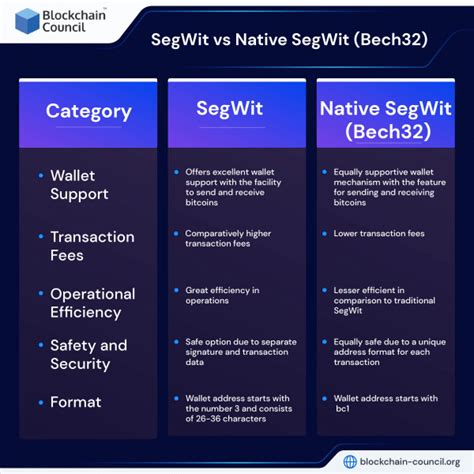- سبدخرید خالی است.
- ادامه خرید
Ethereum: Does a segwit based side chain like the lightning network allow for fractional reserve?
Ethereum: Does a side chain based on Segwit like the lightning network enable a fractional reserve?
While the world of decentralized finances (Defi) is developing, several secondary channels have appeared that promises to improve the functionality and conviviality of different blockchain networks. One of these side chains is the native side chain of the Ethereum network, which has recently attracted considerable attention. In particular, I refer to the side chains based on Segwit like the flash network.
What are the Segwit and side channels?
Before you immerse yourself in this topic, it is important to understand two basic concepts:
- Segwit (separation of weakly validated transactions) : This refers to functionality with which validators of a blockchain network can separate the weakly validated transactions from those that have been accepted by the network. Segwit enables more efficient and scalable validation processes.
- Side chains : A side chain is a parallel and independent blockchain network that can be used for certain purposes or for activating new applications. Lateral channels offer several advantages compared to conventional stakeholders, including increased scalability, quick processing of transactions and improved security.
The flash network: a side channel defi
Craig Wright, the Australian entrepreneur behind the Lightning Network (LN), has largely discussed his vision of a decentralized and without permission that the blockchain technology uses. LN is an Open source side chain that enables quick, inexpensive and secure payments between users without the need for intermediaries.
The LN uses a separate witness (Segwit) to validate transactions, which improves the validation of transactions and reduces the risk of 51% of attacks. This function has important effects on defi applications, including loan, loan and trading platforms.
Fractionary Reserve Bank
Now discuss how a side chain like the flash network can make the break reserve bench easier:
* Break reserve : In traditional banking systems, deposits are usually made in entire units (e.g. 100 US dollars), with the bank only having a fraction of this amount in reserve. This practice guarantees liquidity and reduces the risk of banking cycles.
* Fractional Reserve Bank in Blockchain networks : A side chain such as a flash network can enable the break reserve bench by inserting users in smaller amounts and at the same time maintaining a larger part in the reserve. This process is facilitated by Segwit, which improves the validation speed of transactions.
In this scenario:
- Users will insert low amounts from Ether (ETH) or other assets in the side chain.
- The side chain validates these deposits with Segwit to ensure that the transactions are properly safe and verified.
- A fraction of the deposited crowd is kept in the reserve , while the rest is available for use on the Mainnet.
Advantages and restrictions

The combination of a side chain such as the flash network and the break reserve bench offers several advantages:
- Increased access to financial services
- Reduction of costs in connection with the traditional banking infrastructure
- Improvement of efficiency and scalability
However, there are also limits to take into account:
* Regulatory challenges : The use of blockchain technology in Defi applications is still largely unregulated.
* Security risks : As with any decentralized system, there is a risk of violations or safety uses.
Diploma
In summary, it can be said that the combination of lateral channels on Segwit such as the Lightning Network and the Fractional Reserve Bank offers a promising solution to improve financial services. Although there are regulatory challenges and security risks, they can be weakened by careful planning and implementation.
